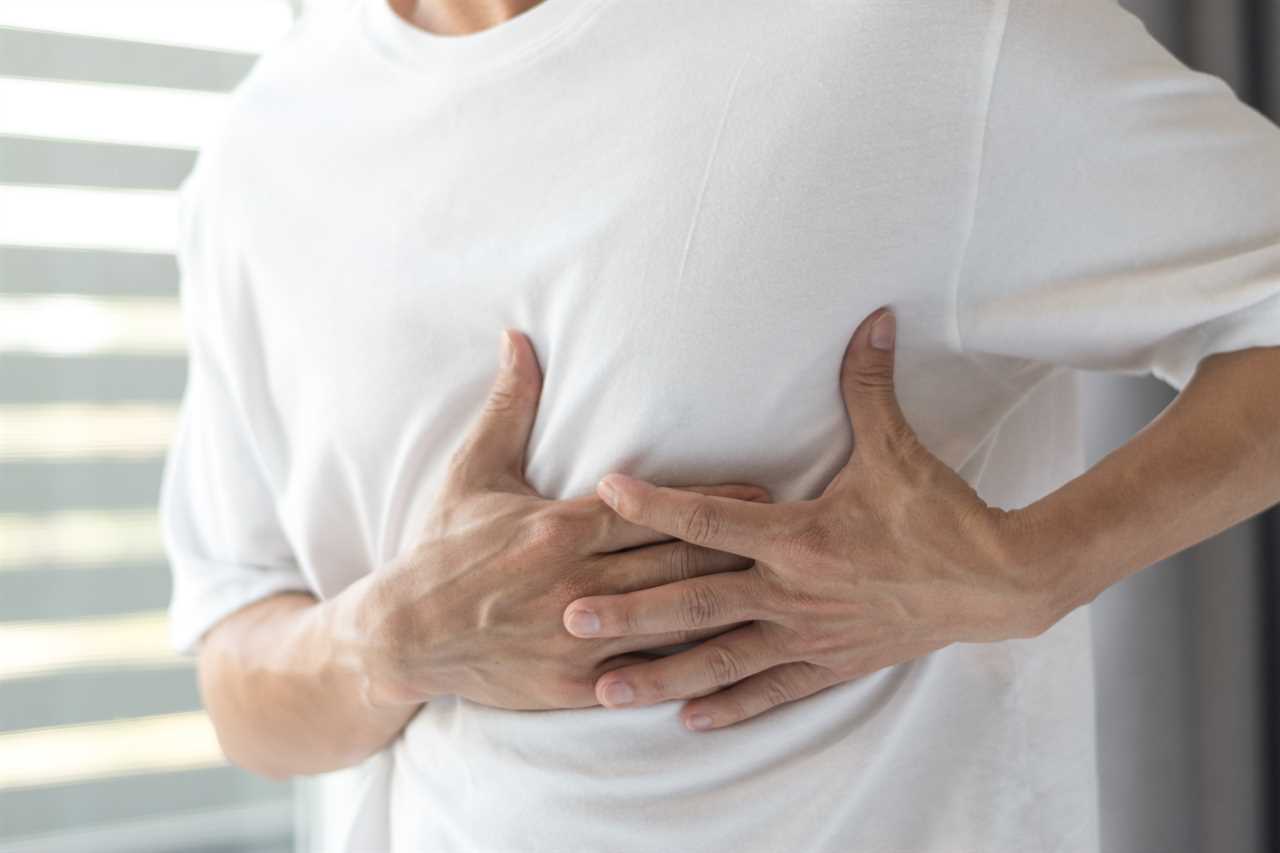WE tend to think of breast cancer sufferers as women over the age of 50 – yet this deadly disease can develop in women AND men at any age.
Worryingly, previous research suggests that around 73 per cent of men don’t ever check their breast tissue for lumps and bumps.

If you notice changes to your body and signs of breast cancer, seek help from your GP as soon as possible
But with around 350 men being diagnosed with breast cancer in the UK each year, it’s important men learn how to recognise symptoms.
The earlier signs are spotted, the earlier treatment – if needed – can begin.
“As with most types of cancer, early detection can be a lifesaver and it’s important that we know the warning signs associated with the disease,” explains Dr Alexandra Haas, a radiation oncologist.
“Unfortunately, many men overlook the symptoms and therefore get diagnosed and treated later than female patients.”
So what are the signs and symptoms men should be on the lookout for?
Dr Alexandra says there are seven key ones men should be on alert for:
1. Changes to the size or shape of the chest
2. Small, painless lumps in the chest and armpit area
3. Any signs of swelling in the chest and armpit area
Other red flags include:
4. A sudden inversion of the nipple
5. A rash
6. Bleeding or oozing from the nipple
7. A skin ulcer in the affected area
“If you notice any of these changes to your body, it’s vital to seek help from your GP as soon as possible,” she added.
Breast cancer is usually found in men between the ages of 60 and 70, but it can strike at any age, so it is important to be on guard and checking regularly.
Men with a family history of breast cancer or high oestrogen levels are urged to be especially careful as there are inherited genes and characteristics that can increase your risk.
All men produce small amounts of the hormone called oestrogen, but high oestrogen levels have been linked to a higher breast cancer risk in men.
High oestrogen levels can occur in men who are very overweight, those who have chronic liver conditions, such as cirrhosis and some genetic conditions.
What are the treatment options?
Breast cancer treatment options often include removal of the affected tissue through surgery, radiotherapy and chemotherapy, Dr Alexandra explained.
Treatment for male breast cancer is the same as its female equivalent and can involve radiotherapy, removal of the breast tissue and hormonal treatment.
And again, as with women, successful treatment of breast cancer is more likely if it is detected early enough.






